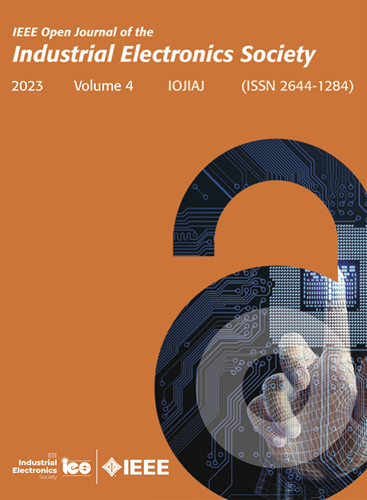具有数据表驱动的统一I-V特性的快速切换GaN HEMT的非分段导通切换瞬态分析模型
IF 7.2
1区 工程技术
Q1 AUTOMATION & CONTROL SYSTEMS
引用次数: 0
摘要
氮化镓(GaN)高电子迁移率晶体管(HEMT)因其在高速开关中的性能而在功率应用中受到重视。然而,由于传统模型无法清晰描绘的非线性区域重叠,对其快速开启瞬态的精确建模变得复杂。本文利用数据表中有限的数据,介绍了GaN HEMT导通开关暂态的非分段分析模型,通过将不同的操作区域集成到单个框架中,简化了计算并保持了准确性。此外,根据现有的有限数据信息,提出了统一的I-V模型,以纳入Vgs和Vds的影响,从而增强了快速切换条件下动态特性的描述。此外,本文还提出了一种结合Q-V和C-V数据的新型C-V提取方法,可以有效地捕获受Vgs影响的电容。通过仿真和实验验证,该模型在预测暂态行为,特别是电流变化率(di/dt)和电压变化率(dv/dt)方面的准确性得到了提高,为电力系统GaN HEMT提供了一种新的评估工具。本文章由计算机程序翻译,如有差异,请以英文原文为准。
Nonsegmented Turn-On Switching Transient Analytical Model for Fast-Switching GaN HEMT With Datasheet-Driven Unified I–V Characterization
Gallium nitride (GaN) high electron mobility transistor (HEMT) is valued in power applications for their capabilities in high-speed switching. Accurate modeling of its fast turn-on transients, however, is complicated by overlapping nonlinear regions that conventional models fail to delineate clearly. In this article, a non-segmented analytical model for GaN HEMT turn-on switching transient is introduced utilizing limited data available from datasheet, which simplifies calculation and maintains accuracy by integrating diverse operating regions into a single framework. Moreover, a unified I–V model derived from available limited datasheet information, is presented to incorporate the effects of Vgs and Vds, thereby enhancing the portrayal of dynamic characteristics under fast-switching conditions. Additionally, a novel C–V extraction method, which combines Q–V and C–V data, is given to effectively capture capacitance as influenced by Vgs. The enhanced accuracy of the proposed model in predicting transient behaviors, particularly the rates of current change (di/dt) and voltage change (dv/dt), is confirmed through simulation and experimental validation, offering a new evaluative tool for GaN HEMT in power systems.
求助全文
通过发布文献求助,成功后即可免费获取论文全文。
去求助
来源期刊

IEEE Transactions on Industrial Electronics
工程技术-工程:电子与电气
CiteScore
16.80
自引率
9.10%
发文量
1396
审稿时长
6.3 months
期刊介绍:
Journal Name: IEEE Transactions on Industrial Electronics
Publication Frequency: Monthly
Scope:
The scope of IEEE Transactions on Industrial Electronics encompasses the following areas:
Applications of electronics, controls, and communications in industrial and manufacturing systems and processes.
Power electronics and drive control techniques.
System control and signal processing.
Fault detection and diagnosis.
Power systems.
Instrumentation, measurement, and testing.
Modeling and simulation.
Motion control.
Robotics.
Sensors and actuators.
Implementation of neural networks, fuzzy logic, and artificial intelligence in industrial systems.
Factory automation.
Communication and computer networks.
 求助内容:
求助内容: 应助结果提醒方式:
应助结果提醒方式:


